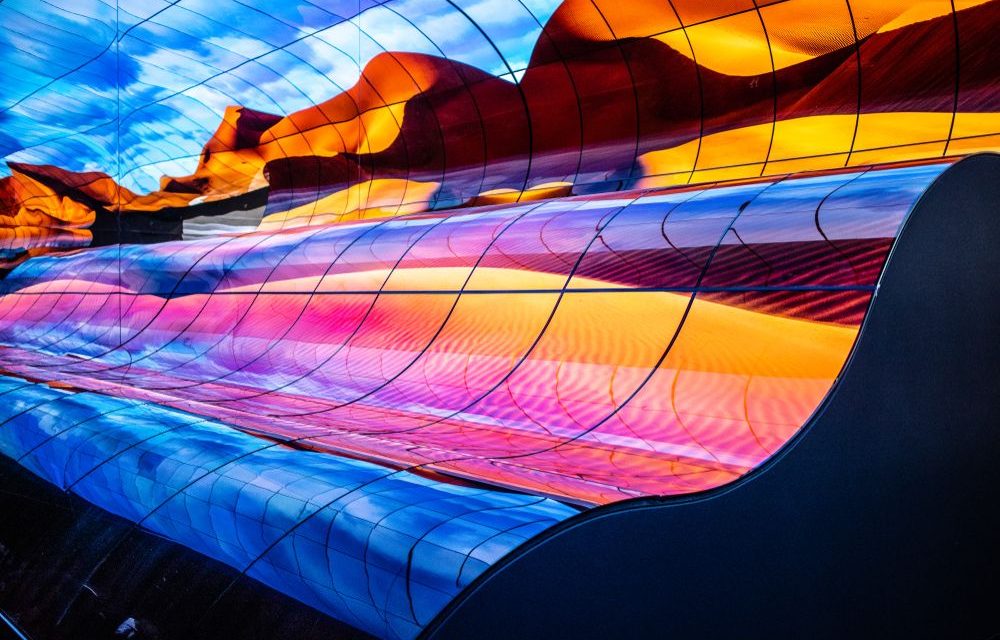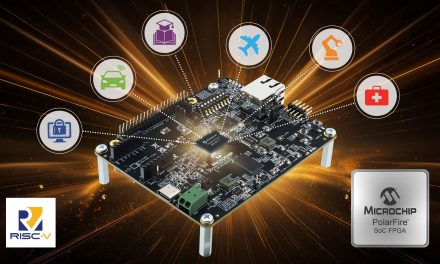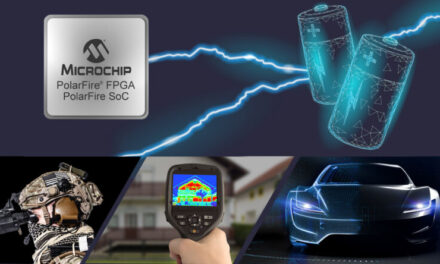In the world of lighting and display technologies, Light Emitting Diodes (LEDs) and Organic Light Emitting Diodes (OLEDs) are key players, offering energy-efficient and visually stunning alternatives to traditional lighting and display methods. Here Dr. Hossein Ardekani, Research Scientist at OLED specialist Nextgen Nano, explores the distinctions between LEDs and OLEDs and discusses emerging technologies such as transparent OLEDs (TOLEDs).
LEDs are devices that convert electricity to light of different colours, and they are known for their energy efficiency, longevity and versatility. Their efficiency is measured in lumens per watt, and over the years, there has been significant progress in enhancing this efficiency. LED lighting has become widespread in various applications, from residential lighting to streetlights and industrial applications.
 On the other hand, OLEDs are devices using organic compounds to emit light when a voltage is applied. In an OLED, the light-emitting organic layer is sandwiched between other organic carrier transport layers and two electrodes, and the entire structure is placed on a substrate, which can be flexible. OLEDs have the advantage of being inherently thin and flexible, allowing for innovative design possibilities.
On the other hand, OLEDs are devices using organic compounds to emit light when a voltage is applied. In an OLED, the light-emitting organic layer is sandwiched between other organic carrier transport layers and two electrodes, and the entire structure is placed on a substrate, which can be flexible. OLEDs have the advantage of being inherently thin and flexible, allowing for innovative design possibilities.
For example, OLEDs offer exceptional colour reproduction and contrast ratios, making them ideal for high-quality displays. Unlike conventional LCD displays using LEDs as a backlight, OLEDs emit light on a pixel-by-pixel basis, allowing for true blacks to be achieved. This feature contributes to OLED displays’ superior image quality and their widespread use in high-end smartphones, computers, TVs and other display applications.
Furthermore, OLEDs are inherently thin and flexible. This flexibility allows for curved or even rollable displays, offering designers unprecedented freedom in creating innovative form factors. This thin and flexible nature also makes OLED devices more lightweight compared to traditional LED devices. OLED technology is key in facilitating the design of flexible, foldable smartphone screens and curved TV displays.
Efficiency and cost considerations
 When comparing LEDs and OLEDs, efficiency is a critical factor. LEDs generally have a higher luminous efficacy, producing more lumens per watt compared to OLEDs. However, as OLEDs only emit light where needed, with each pixel capable of turning on or off independently, this can lead to displays with a lower overall power consumption.
When comparing LEDs and OLEDs, efficiency is a critical factor. LEDs generally have a higher luminous efficacy, producing more lumens per watt compared to OLEDs. However, as OLEDs only emit light where needed, with each pixel capable of turning on or off independently, this can lead to displays with a lower overall power consumption.
In terms of cost, LEDs have traditionally had cheaper upfront costs that OLEDs. The production processes for LEDs are more established, and economies of scale have contributed to lower manufacturing costs. However, OLED technology is evolving, and as production processes improve and demand increases, the cost gap is narrowing.
The emergence of TOLEDs
Transparent OLEDs represent a cutting-edge development in display technology. Unlike traditional displays that are opaque, TOLEDs allow light to pass through when the display is not active, offering unique possibilities for augmented reality and transparent displays.
These transparent displays find applications in various industries, from automotive heads-up displays to retail and advertising. Imagine car windshields displaying vital information without obstructing the driver’s view or storefronts transforming into interactive displays. TOLEDs have the potential to redefine how we interact with information in our daily lives.
 In the dynamic landscape of LED and OLED technologies, companies like Nextgen Nano are contributing to advancements that shape the future. This is done by researching and developing novel materials and manufacturing processes to enhance the efficiency and sustainability of lighting and display technologies.
In the dynamic landscape of LED and OLED technologies, companies like Nextgen Nano are contributing to advancements that shape the future. This is done by researching and developing novel materials and manufacturing processes to enhance the efficiency and sustainability of lighting and display technologies.
The emergence of transparent OLEDs opens up exciting possibilities for innovative applications in diverse fields. As we navigate these technological landscapes, it’s essential to consider not only the efficiency and cost but also the sustainability of these technologies. The ongoing efforts by companies like Nextgen Nano contribute to a future where lighting and displays are not just functional but also environmentally conscious, pushing the boundaries of what is achievable in the world of illumination.
Find out more here https://nextgen-nano.co.uk/technology/





